Two Tier Garden Ideas: Creative Tips for Your Backyard Transformation
Creating a two-tier garden can transform your outdoor space into a beautiful and functional area. With a bit of planning and creativity, you can enhance the look and feel of your garden, making it a standout feature of your home. This approach not only adds depth and interest but also provides practical benefits, such as improved drainage and better use of space.
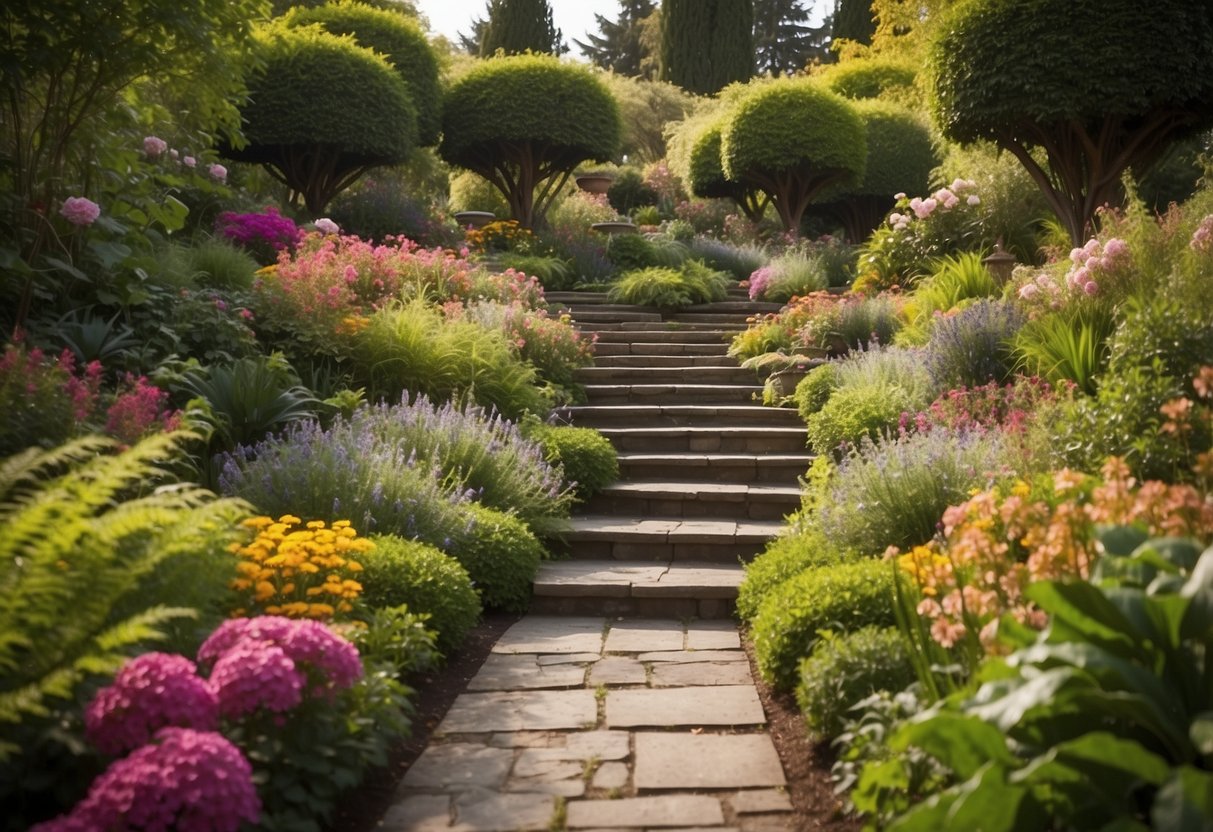
Whether you have a small backyard or a large plot, a two-tier garden offers endless possibilities. You can design separate zones for relaxation, dining, or cultivating vibrant flowers and vegetables. This dual-level concept makes it easier to manage and maintain your garden while giving you more flexibility in design.
Raised Herb Beds
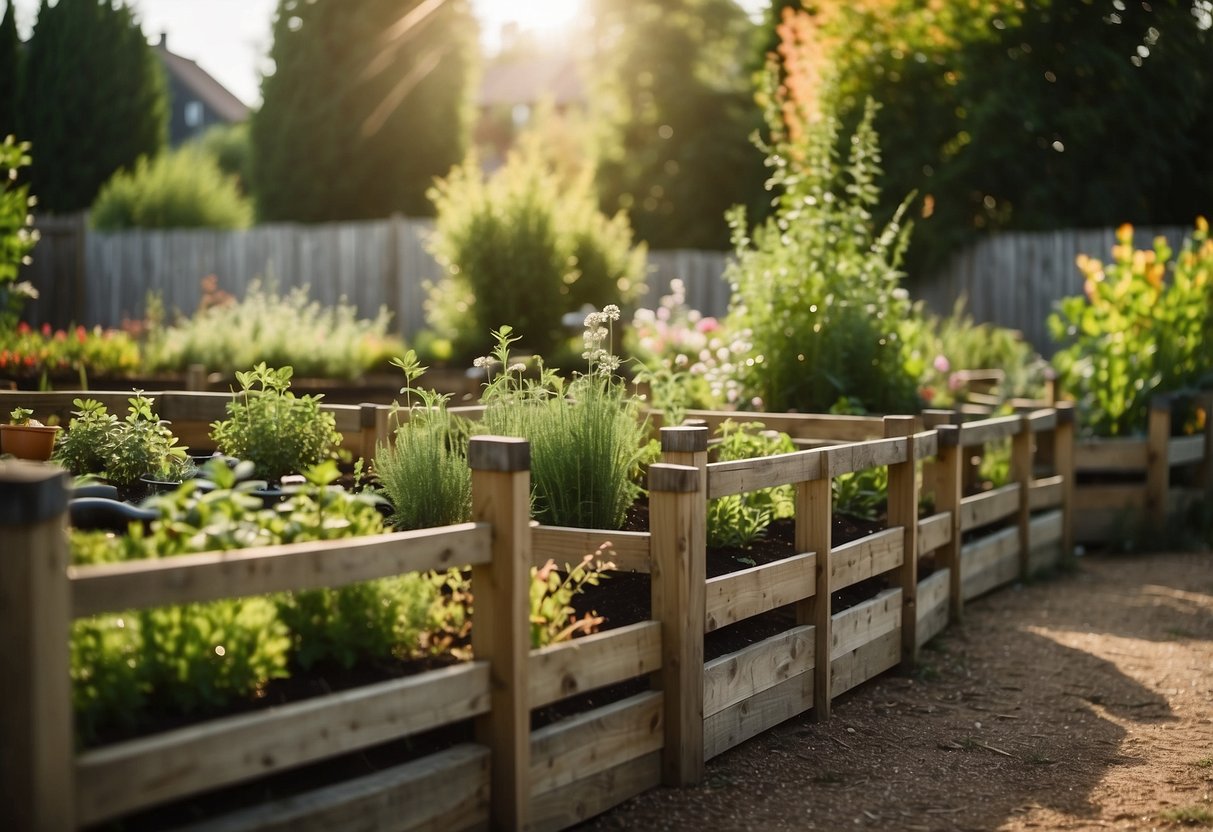
Raised herb beds are a great way to grow fresh herbs right in your backyard. They keep your plants more organized and easier to reach.
Using cedar or pine, you can construct a simple frame that sits above the ground. This helps with drainage and keeps weeds at bay.
Whether you choose a large or small bed, herbs like basil, thyme, and rosemary will thrive in these raised beds.
2) Terraced Flower Displays
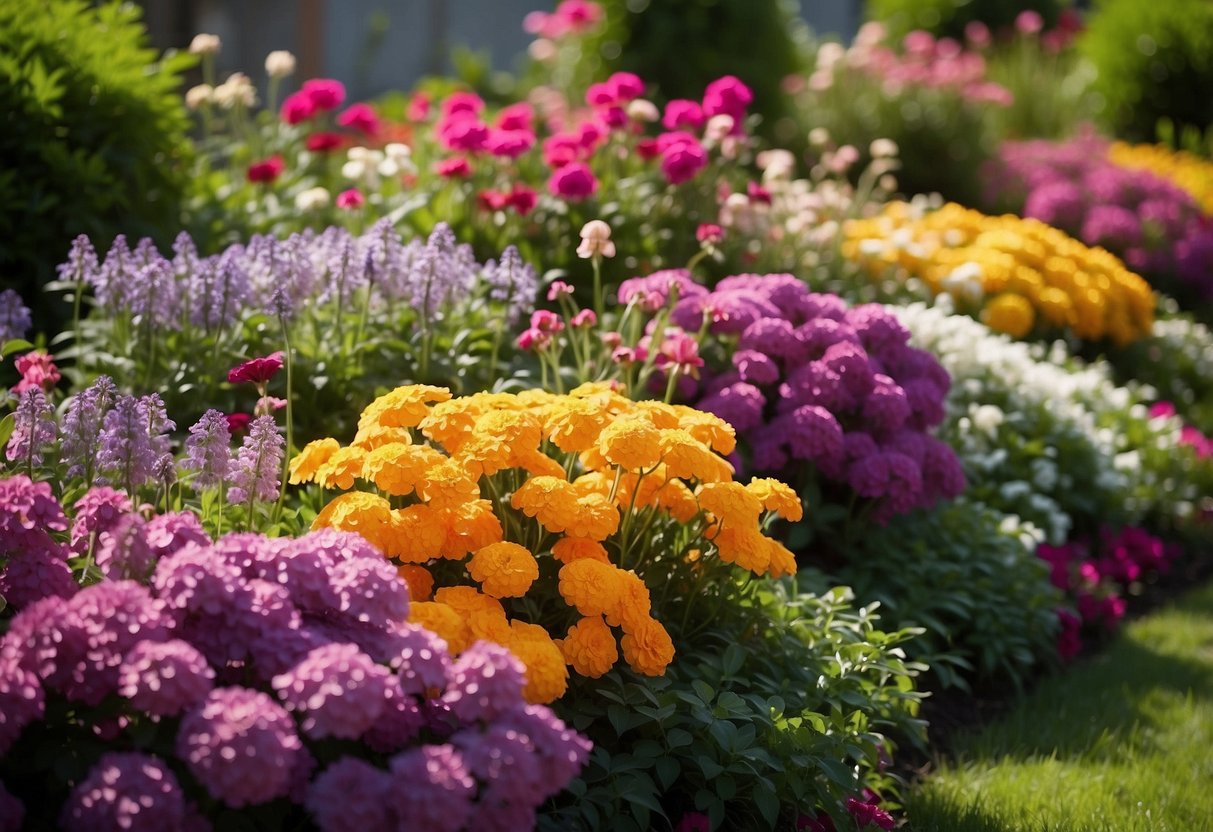
Terraced flower displays can transform your garden into a vibrant, multi-layered haven. By using different levels, you create a sense of depth and visual interest that is pleasing to the eye.
Use a variety of colorful plants to add texture and contrast. Choose flowers that thrive in your climate and make sure to plant them according to their sunlight needs.
Add edging materials like brick or stone to define each level. This not only looks great but also helps maintain the structure and prevents soil erosion. Your garden will look both organized and beautiful.
3) Waterfall Rock Gardens

Adding a waterfall to your rock garden creates a calming and beautiful focal point.
You can use natural stone steps to guide water through your garden. The sight and sound of water moving over rocks is very soothing.
To make your waterfall blend with the garden, surround it with lush plants and small shrubs. This will make it look more natural.
Multiple cascades can make the waterfall even more stunning. Water trickling from a cut-stone retaining wall can surprise and delight your guests.
For more inspiration and ideas, check out these backyard waterfall designs.
4) Stone Staircase Pathways
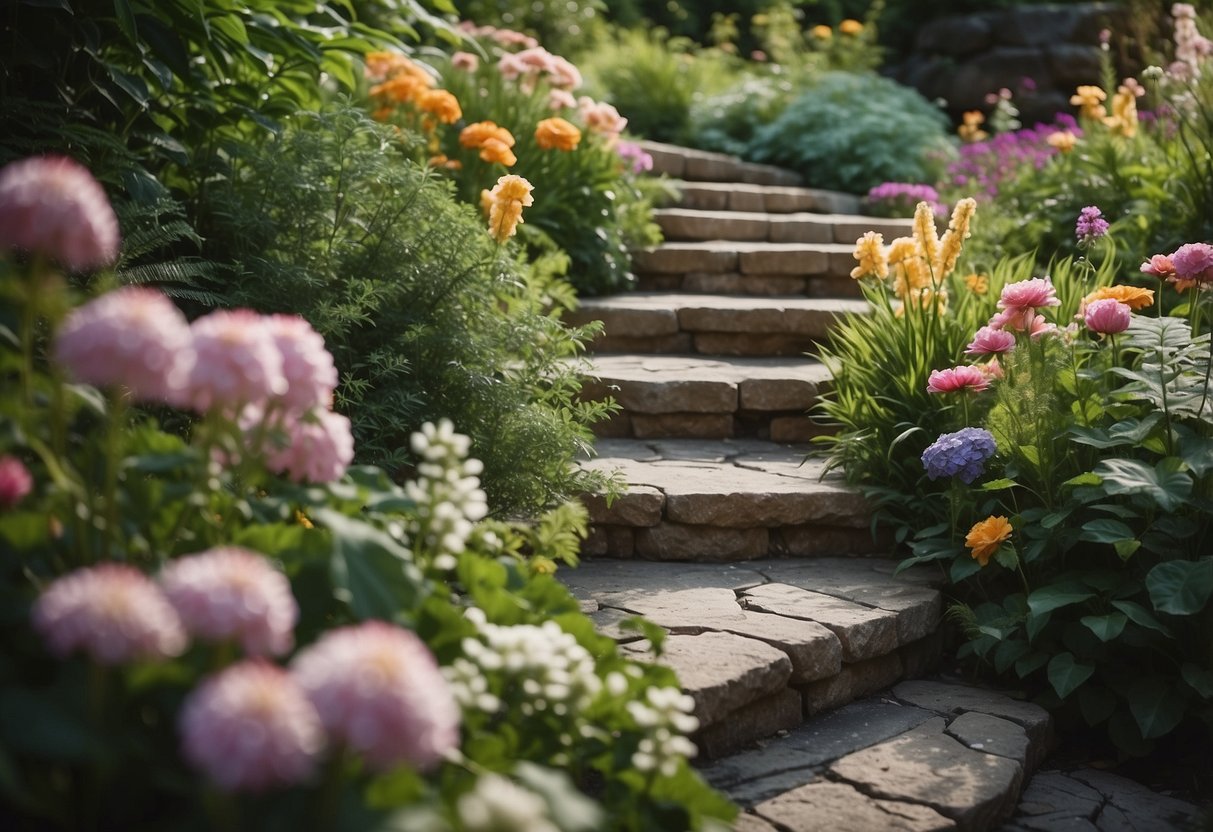
Adding stone staircases to your garden can create a beautiful and practical two-tier effect. Stone stairs provide a natural look that blends well with outdoor settings.
You can use different types of stone, such as bluestone, limestone, or sandstone, each offering unique colors and textures. They are durable and can handle various weather conditions.
Consider using a rock base to ensure stability and proper water drainage around your stones. This helps prevent water from washing away the materials.
5) Multi-Level Vegetable Plots
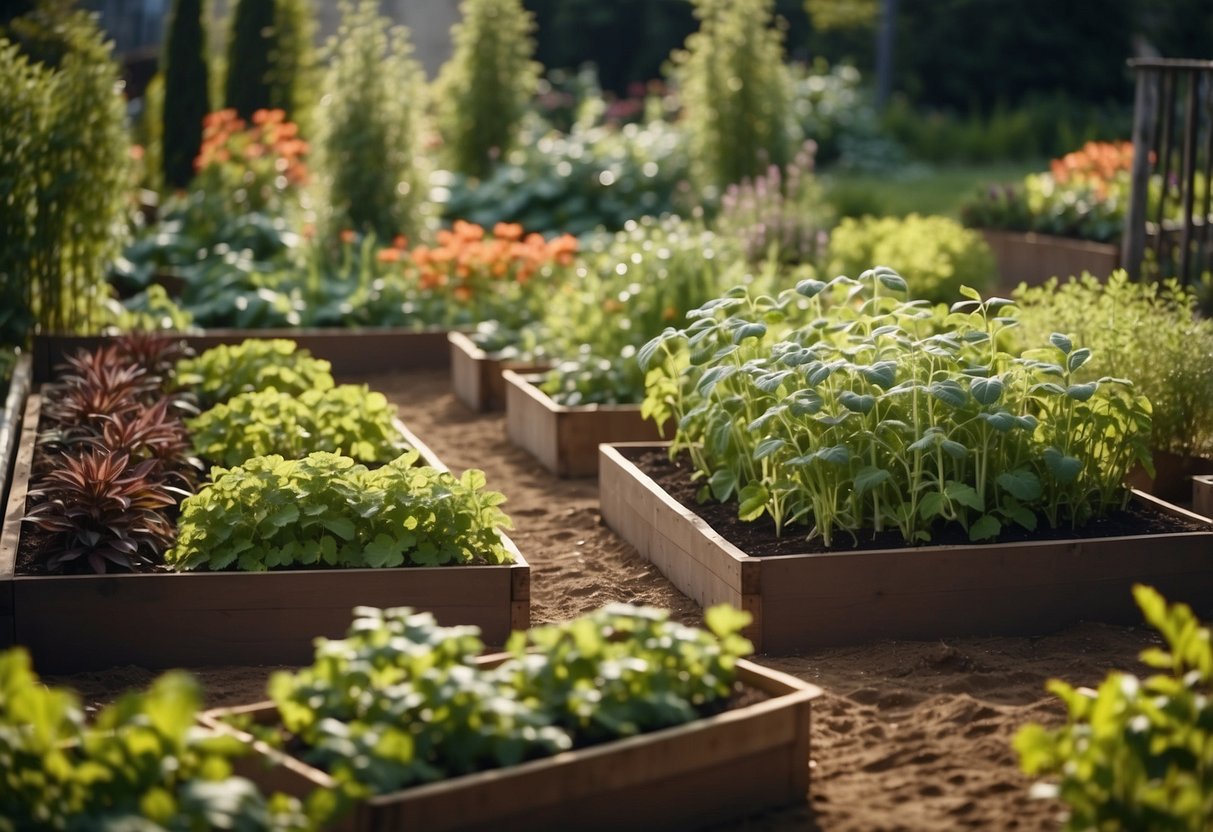
Multi-level vegetable plots can give your garden a fresh look and more space to grow your favorite veggies.
You can use raised beds to create these levels, which help keep everything organized.
Plant root vegetables like carrots in the higher beds and leafy greens like lettuce in the lower ones.
This setup also makes it easy to water and harvest your crops.
Consider adding containers on your deck to increase growing space even more.
6) Tiered Succulent Planters

Tiered succulent planters are a great way to bring greenery to your space with minimal effort. These planters allow you to create a lush, layered look without taking up much room.
Use a mix of different succulents to add variety and interest. Opt for trailing types like string of pearls to spill over the edges for a dynamic effect.
For DIY ideas, check out the tutorials at Balcony Garden Web or browse through BHG’s creative suggestions.
7) Layered Floral Borders

Layered floral borders add depth and interest to your garden. Start with tall plants, like sunflowers or hollyhocks, at the back. These create a striking backdrop.
In front, place medium-height flowers such as tulips or daisies. This middle layer bridges the gap. Finish with low-growing plants like marigolds or pansies. These brighten up the front and complete the look.
Using different heights ensures that all flowers are visible. Varying colors and bloom times can keep your garden vibrant throughout the season.
8) Staggered Seating Areas
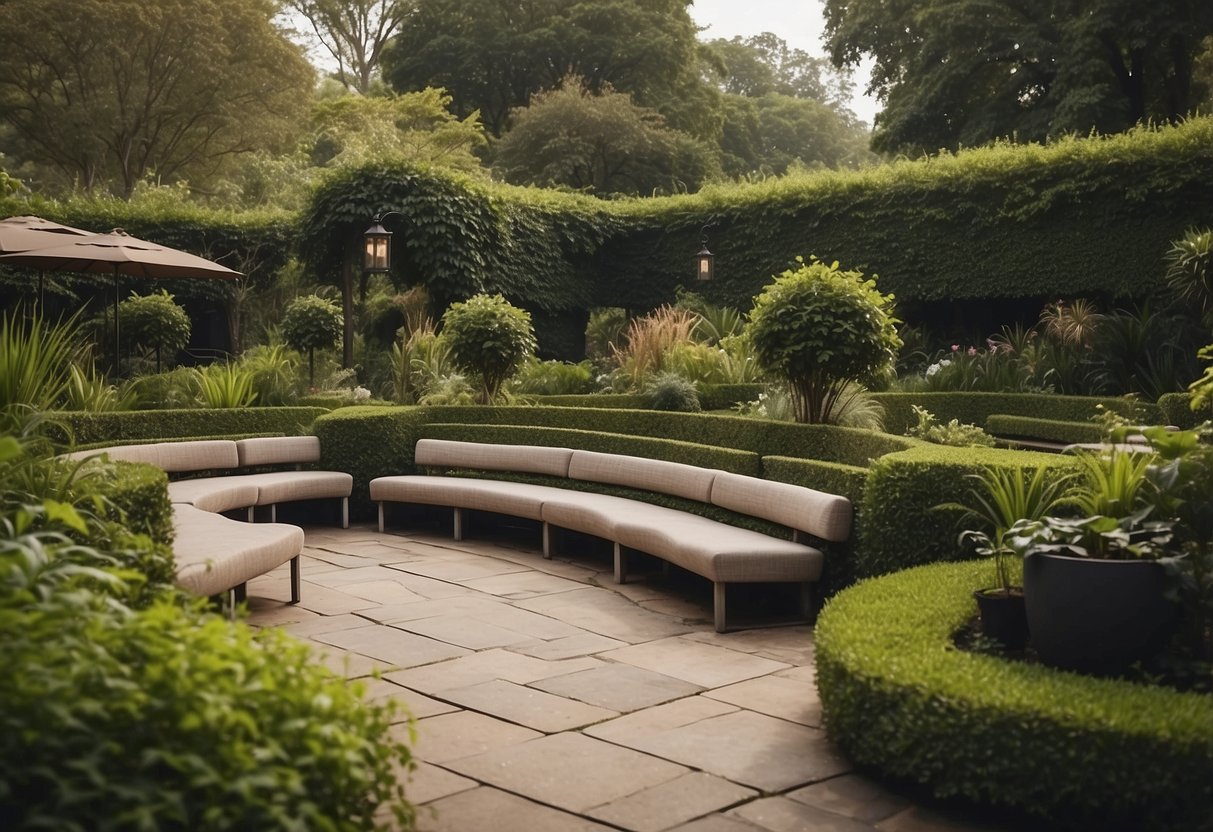
Creating staggered seating areas can add a lot of charm to your two-tier garden. You can place benches or chairs at different levels to create cozy spots for relaxation.
Use materials like wood or stone to blend with the natural surroundings. Adding some raised garden beds nearby can make these spaces more attractive and inviting.
Staggered seating areas encourage more use of the garden. Different levels can offer unique viewpoints and make your garden feel more spacious. Try incorporating vibrant cushions or throws for added comfort.
9) Colorful Terracotta Tiers

Add a splash of color to your garden with terracotta pots. You can stack them to create vibrant, eye-catching tiers.
Paint the pots in bright, contrasting colors for a fun look.
These colorful terracotta tiers are perfect for displaying flowers, herbs, or small plants, making your garden lively and attractive.
10) Stepped Patio Spaces
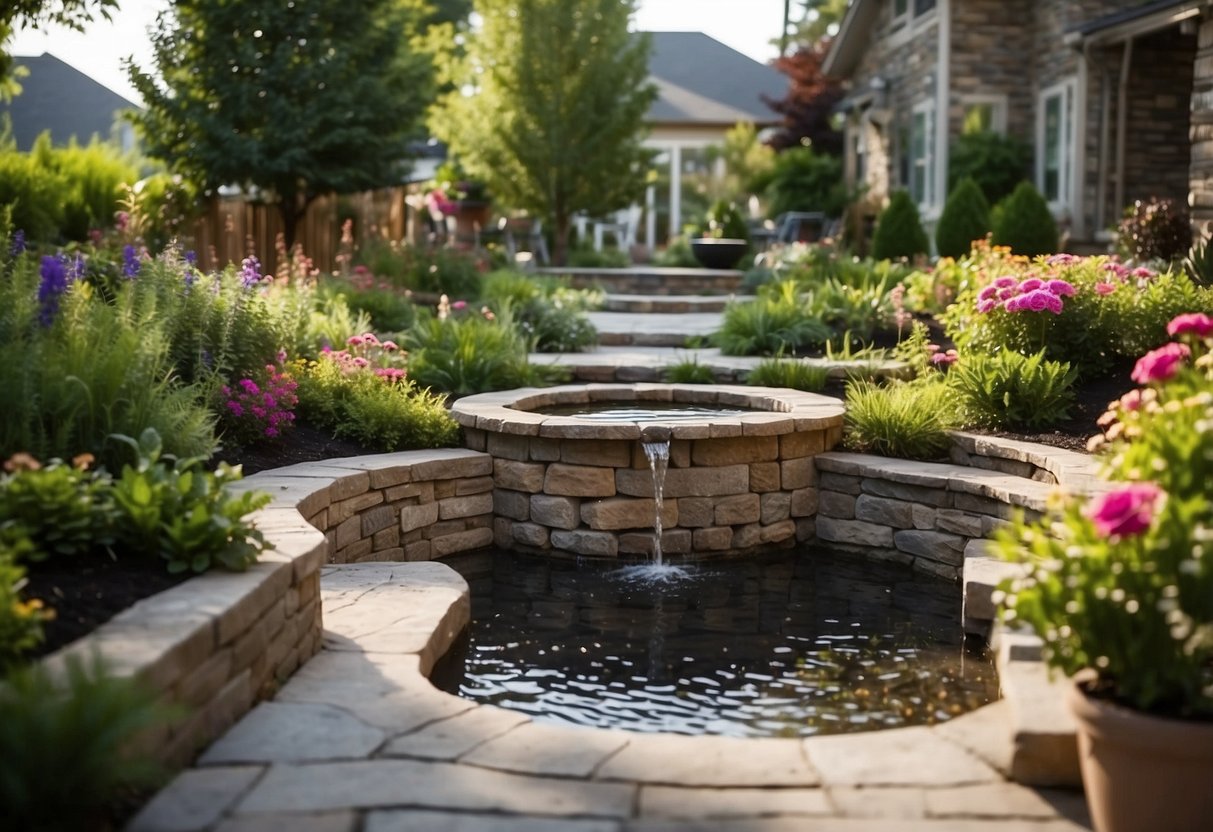
Stepped patio spaces bring charm and function to your garden. Adding different levels gives visual interest and can define separate areas for seating, dining, or relaxing.
Use materials like wood, stone, or concrete to build the steps. Consider adding features such as built-in seating or raised garden beds. Include some greenery or potted plants to soften the look.
Incorporate lighting to highlight the steps and create a cozy atmosphere at night. It also ensures safety when moving between levels in the dark.
For more ideas, you can explore various split-level patio designs.
Benefits of Two Tier Gardens
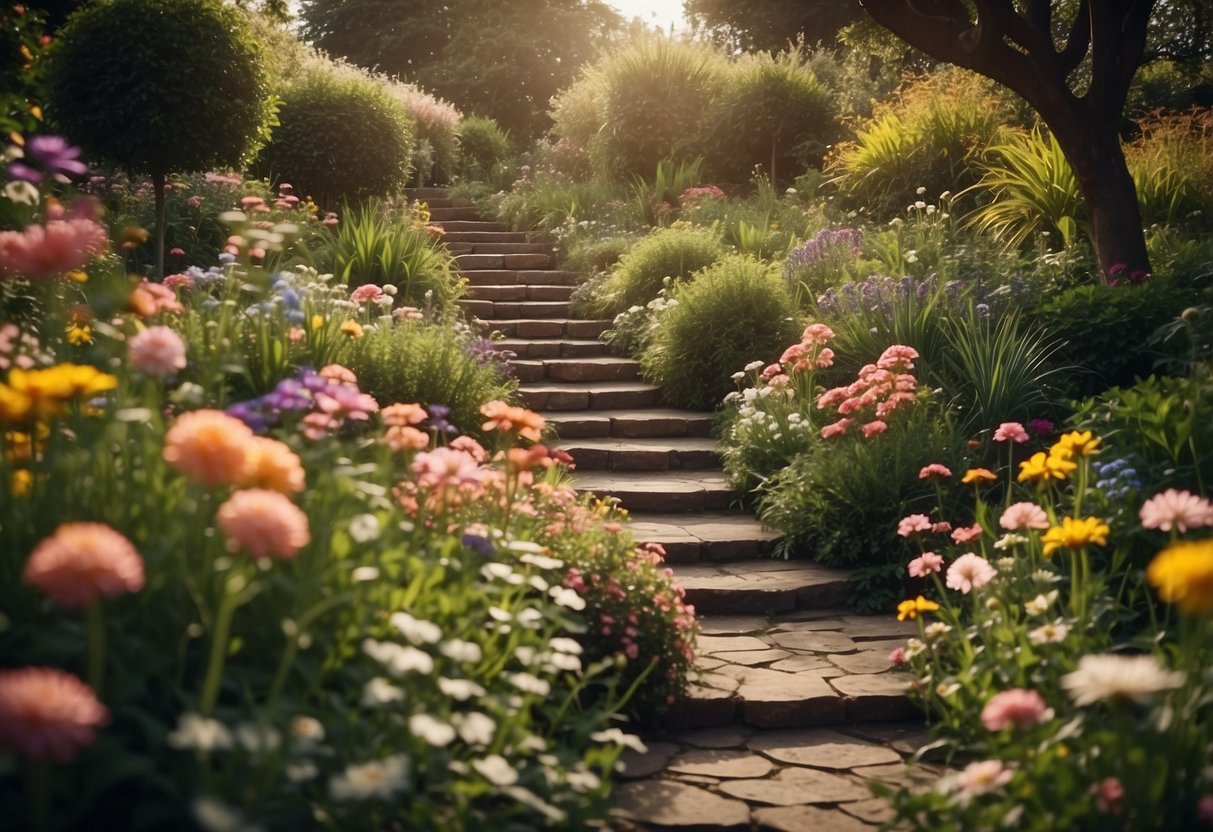
A two-tier garden offers several advantages, such as making better use of limited space and adding visual interest. It also allows for improved plant growth due to efficient use of sunlight and soil.
Space Optimization
Two-tier gardens are perfect for small spaces. By stacking levels, you create more room for plants without using extra ground space. This is great for urban areas where space is limited. You can grow vegetables on one tier and flowers on another, maximizing the variety of plants in your garden. This also helps in organizing your plants based on their sunlight and water needs. By optimizing space this way, you can enjoy a richer gardening experience.
Aesthetic Appeal
A two-tier garden naturally adds beauty to your outdoor area. The different levels create visual depth and interest, making your garden look more attractive. You can use various materials like stone, wood, or metal to build the tiers, adding to the aesthetic value. Plants of different heights and colors can be arranged to create stunning visual effects. This makes your garden not only functional but also a beautiful place to relax and enjoy.
Improved Plant Growth
Two-tier gardens can improve plant growth by providing each level with optimal conditions. Plants on the upper tier get more sunlight, while those on the lower tier benefit from shaded, cooler soil. You can arrange your plants based on their growth needs, placing sun-loving plants on top and shade-tolerant ones below. This makes it easier to care for your plants and ensures they grow healthy. The tiers also help with better water drainage, reducing the risk of root rot.
Design Principles for Two Tier Gardens
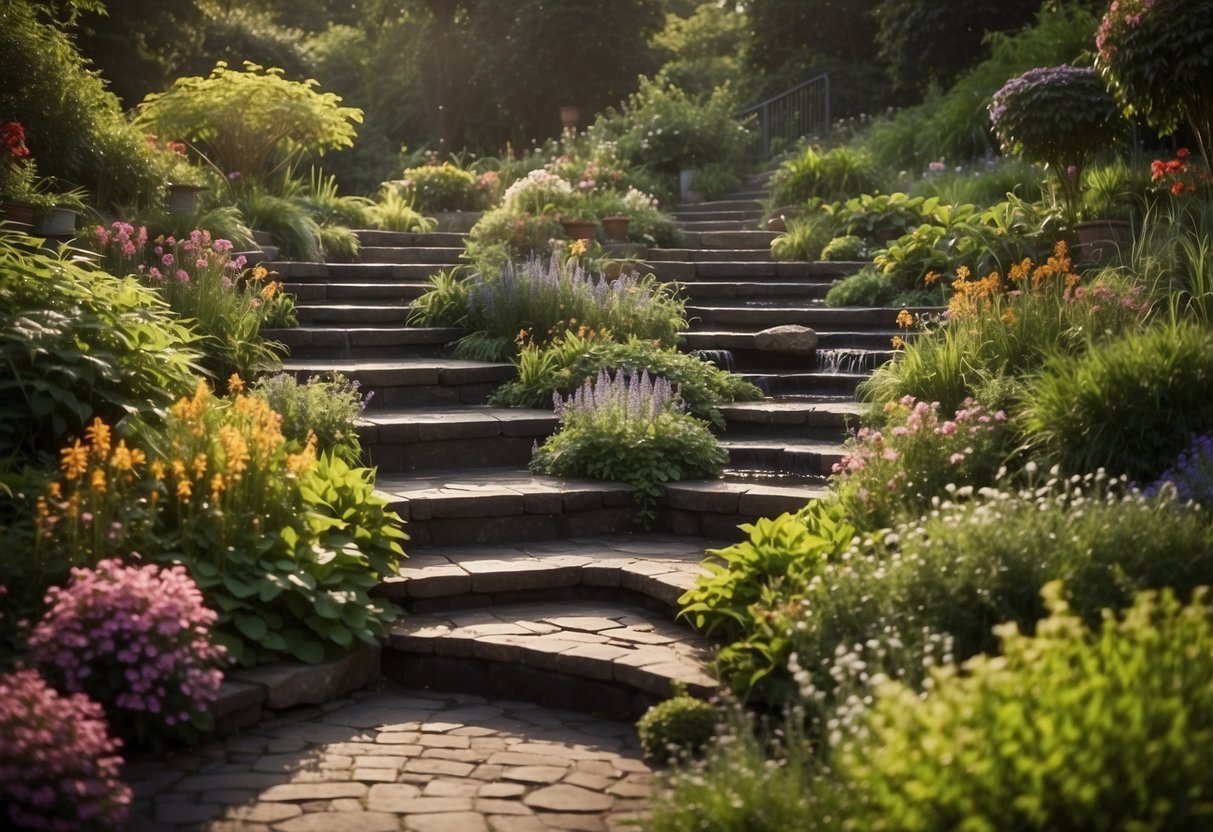
Creating a two tier garden involves careful planning. You need to think about the best location, the materials you’ll use, and which plants will thrive in each tier.
Choosing the Right Location
The location of your two tier garden is important for both appearance and functionality. Choose a spot that gets enough sunlight for your plants. Most flowers and vegetables need at least six hours of sunlight daily.
Consider the drainage of your chosen location. Well-drained soil is essential to prevent waterlogging. You might need to improve the soil with compost or perlite. Accessibility is also crucial. Make sure you can easily reach both tiers for planting, watering, and maintenance.
If your yard is on a slope, a two tier design can help prevent soil erosion. This also makes it easier to manage water runoff and prevents pooling.
Material Selection
The materials you choose for your two tier garden will affect both its durability and appearance. For sturdy construction, consider using treated wood, stone, or concrete blocks. Each material has its pros and cons.
Wood is natural and blends well with plants, but it may need treatment to resist rot. Stone is long-lasting and looks rustic, but it can be heavy and expensive. Concrete blocks are versatile and sturdy but may not have the natural appeal of wood or stone.
When selecting materials, think about how they will age over time. Will they hold up to weather conditions? Also, consider the cost and availability. You might find recycled materials useful and affordable for this project.
Plant Selection
The right plants can make your two tier garden look stunning. Consider the light and water needs of each plant. For instance, place sun-loving plants on the top tier where they get more light.
Reserve the lower tier for plants that prefer shade or partial sun. Tall plants like phlox or lilies are excellent for the back of each tier, while shorter plants like poppies and herbs do well at the front.
Mixing perennials and annuals can ensure year-round color. Annuals like petunias and marigolds bloom all season, providing vibrant colors. Perennials come back year after year, adding structure and consistency.
This balance will help keep your garden thriving and beautiful throughout the seasons.
Maintenance Tips for Two Tier Gardens

Keeping a two tier garden thriving involves careful watering, efficient pest control, and attentive seasonal care.
Watering Strategies
In a two tier garden, watering can be tricky. Water the upper tier first as it drains down to the lower tier, helping both levels stay hydrated. Use drip irrigation or soaker hoses for even distribution. Ensure each plant type gets the right amount of water by grouping plants with similar needs.
Check soil moisture regularly with a moisture meter to prevent over or under-watering. Mulch both tiers to retain moisture and reduce the need for frequent watering. Using mulch also helps in preventing weed growth which can compete with your plants for water.
Pest Control
Pests can harm the beauty and health of your garden. Regularly inspect both tiers for signs of pests like aphids, slugs, or beetles. Handpick pests when possible and use insecticidal soap for small infestations. For larger problems, consider introducing beneficial insects like ladybugs to help control the pest population naturally.
Use barriers or traps for pests like slugs. Copper tape around the garden edges can deter them effectively. Ensure your plants are healthy, as strong plants are less prone to pest damage. Keep the garden clean by removing fallen leaves and debris that can harbor pests.
Seasonal Care
Seasonal changes call for different care routines. In spring, focus on planting and fertilizing. Use compost or a balanced slow-release fertilizer to give your plants a good start. Prune and shape your plants to encourage healthy growth.
During summer, ensure consistent watering and watch for signs of heat stress. Shade plants temporarily if needed. In fall, clean up the garden by removing dead plants and leaves. Consider planting cover crops to protect and enrich the soil during winter.
Finally, winterize your garden by protecting tender plants with frost cloths and mulching heavily to insulate the soil. Trim back perennials and consider moving potted plants indoors if possible. Regular attention throughout the year keeps your two tier garden flourishing.







